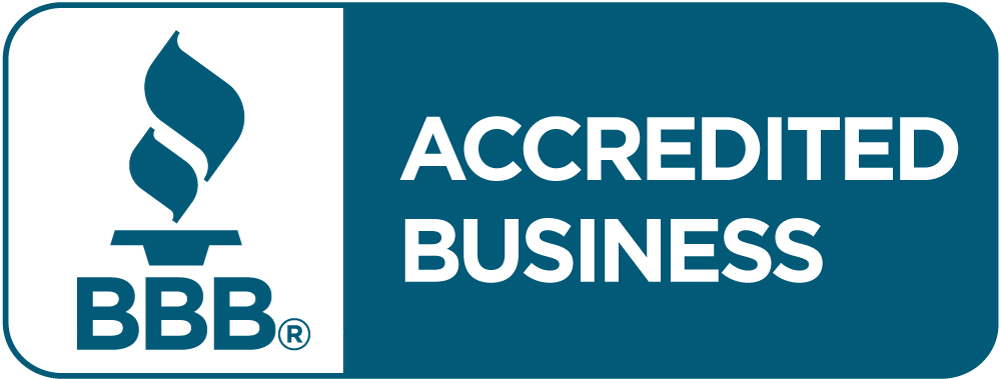Quick Links
ToggleSecuring a small business loan is a critical step in advancing your business. Fortunately, lenders have made the small business loan application process easier and more accommodating than before. Eligibility requirements are more flexible, documentation is minimal, approval is fast, and fund delivery is usually quick.
However, despite a more friendly and streamlined application process, the Federal Reserve’s 2023 Report on Employer Firms reported that only 21% of small business loan applicants received approval. You can increase your chances of getting SMB loan approval by avoiding these six mistakes that usually lead to loan denial or delays.
Mistake #1: Failing to Research the Right Lender
Not all lenders are the same. If you assume they are equal, you increase your chances of lenders rejecting your application or getting you to agree to undesirable terms. For this reason, it pays to do thorough research on business loans offered by traditional banks and non-banking financial companies (NBFCs).
There are a wide variety of lenders with various requirements, features, and conditions. The primary factors you should examine are the interest rate, processing charges, pre-payment penalties, maximum loan amount, approval time, and documentation requested. In some cases, you can see how these lenders rate on online customer review websites like Trustpilot and Yelp.
Mistake #2: Borrowing without a Clear Goal
No one wants to get on a train to nowhere, especially small business loan lenders. Not only do lenders need to know your plans for using the money. They also require a clear explanation of your goal for your business and everything you have done to prepare your business to reach that goal. The best way to accomplish this task is with a solid business plan.
Your business plan should include the other ways you fund your business, including drawing from personal savings, family donations, or credit cards. It should also have a market analysis, an assessment of your competition, revenue and profit projections, and strategies for marketing and operations.
Mistake #3: Falsifying Financial Information
Financial technology has made hiding unfavorable information about your financial activities almost impossible. However, most lenders understand that small companies struggle at some point. For this reason, the best strategy is honesty and transparency while emphasizing your financial strengths, accomplishments, and problem-solving skills. Otherwise, rejection is a certainty if the lender discovers falsehoods or exaggerations in your financial documents.
Mistake #4: Bad Credit Score
Like with any loan, a good credit score improves your chances of getting approved for a business loan. It is the primary indicator of your creditworthiness and loan repayment potential. If your credit score is low, you will have difficulty qualifying based on the standard business loan requirements. That’s why you should look at alternative means of small business funding, like a merchant cash advance (MCA). Instead of focusing too much on credit scores and assets, MCA providers base approval on your monthly income from credit card sales.
Mistake #5: Mistakes on the Application
Many people know how to apply for a business loan, but application oversights are the most common reason for rejection. For this reason, not paying attention to the details or omitting critical information will get your loan application rejected.
There is no time clock on you during the process. So, take your time to ensure your application is complete, accurate, and joined with all required documentation. If possible, you can minimize the risk of rejection by omission by preparing your documents ahead of time, including notes about your business’s financials.
Mistake #6: Applying Too Early
Lenders will most likely reject a business loan application from a small business with a short track record. Since bankers are not high-risk takers, they shy away from small businesses operating for less than two years. Small businesses in this stage have a lower success rate than older companies.
If your business is very young, this is another reason to look toward alternative funding options to traditional small business loans, such as crowdfunding and MCAs. The two-to-three-year age limit does not apply to MCA funding requirements.
Securing Your Loan
Although applying for a small business loan is more streamlined these days, the fundamentals of getting approval have remained the same. This is why avoiding the six mistakes when applying for a loan should increase your chances of getting it approved. You can learn more about your options by calling us at (714) 500-6622. You may qualify for up to $250,000 in just 24 hours.










